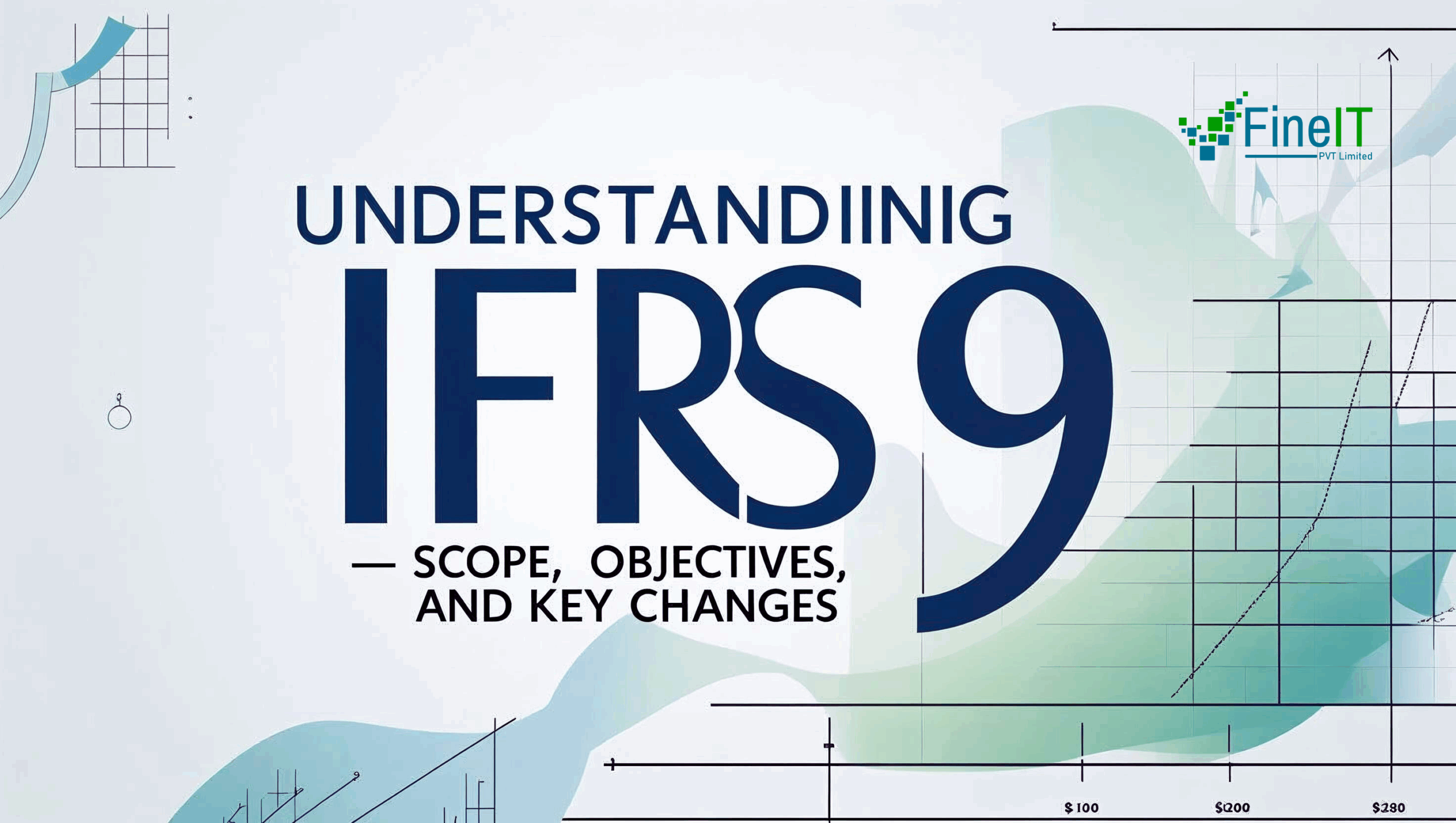IFRS 9 Financial Instruments, issued by the International Accounting Standards Board (IASB), represents one of the most significant accounting standard reforms in recent years. It replaced IAS 39, bringing major improvements in the classification, measurement, impairment, and hedge accounting of financial instruments. This article serves as the first in a comprehensive training series designed to unpack IFRS 9 and its practical implications.
1. Background of IFRS 9
IFRS 9 was introduced in response to the global financial crisis of 2008–09. A key criticism of IAS 39 was that it was overly complex and failed to recognize credit losses in a timely manner, especially during downturns. IFRS 9 addresses these shortcomings by shifting to a more forward-looking model and simplifying classification and hedge accounting.
2. Effective Date and Adoption
- Effective Date: IFRS 9 became effective for annual periods beginning on or after 1 January 2018.
- Early Adoption: Entities were permitted to adopt the standard early if they wished.
Adoption required changes in internal controls, systems, credit models, and policies—especially for banks, insurers, and other financial institutions.
3. Scope of IFRS 9
IFRS 9 applies to:
- All financial assets and financial liabilities
- Loan commitments
- Financial guarantee contracts
- Derivatives (including embedded derivatives in host contracts)
However, it does not apply to:
- Interests in subsidiaries, associates, and joint ventures (accounted for under IFRS 10, IAS 27, IAS 28)
- Employer benefit plans (covered by IAS 19)
- Lease receivables and liabilities under IFRS 16 (but lease receivables follow IFRS 9 for impairment)
4. Objectives of IFRS 9
- To provide users of financial statements with relevant and useful information about the financial instruments an entity holds.
- To improve the timeliness and accuracy of credit loss recognition through the Expected Credit Loss (ECL) model.
- To simplify the classification and measurement of financial instruments.
- To align hedge accounting more closely with risk management practices.
5. Key Reforms and Changes in IFRS 9
a. Classification & Measurement
- Under IAS 39: classification was based on complex rules.
- Under IFRS 9: classification is based on two criteria:
- Business model for managing the financial asset.
- Contractual cash flow characteristics (whether cash flows are solely payments of principal and interest—SPPI test).
- Amortized Cost
- Fair Value through Other Comprehensive Income (FVOCI)
- Fair Value through Profit or Loss (FVTPL)
b. Impairment – Forward-Looking ECL Model
- IAS 39 used incurred loss model—credit losses were recognized only after a loss event.
- IFRS 9 uses Expected Credit Loss (ECL) model:
- 12-month ECL for performing assets
- Lifetime ECL for underperforming or defaulted assets
This model significantly impacts provisioning levels, especially for banks.
c. Hedge Accounting
- IFRS 9 improves alignment with risk management practices.
- Greater flexibility in the types of instruments that can be designated as hedging instruments.
- Enhanced disclosure requirements.
6. Comparison Summary: IFRS 9 vs IAS 39
| Area | IAS 39 | IFRS 9 |
|---|---|---|
| Classification | Four categories, complex rules | Three categories, business model-based |
| Impairment | Incurred loss model | Expected credit loss (ECL) model |
| Hedge Accounting | Restrictive and complex | More principles-based and aligned |
| Implementation Cost | Lower upfront, less informative | Higher upfront, more timely and reliable |
7. Who is Most Affected?
- Banks and Financial Institutions: Significantly impacted by the impairment model; affects capital planning and regulatory reporting.
- Insurance Companies: Especially those not applying IFRS 17 yet.
- Corporates: Especially those holding large investment portfolios or trade receivables.
8. Challenges in Implementation
- Data requirements for ECL modeling.
- Need for model validation and governance.
- Impact on financial ratios, KPIs, and investor perception.
- Staff training and system changes.
Conclusion
IFRS 9 represents a paradigm shift in how financial instruments are accounted for, moving toward a more transparent, forward-looking approach. While it has presented implementation challenges—especially in terms of modeling and system upgrades—it ultimately offers more timely and relevant financial information. In the next article, we will dive into the classification and measurement framework, including the SPPI test and how to identify the appropriate business model.
